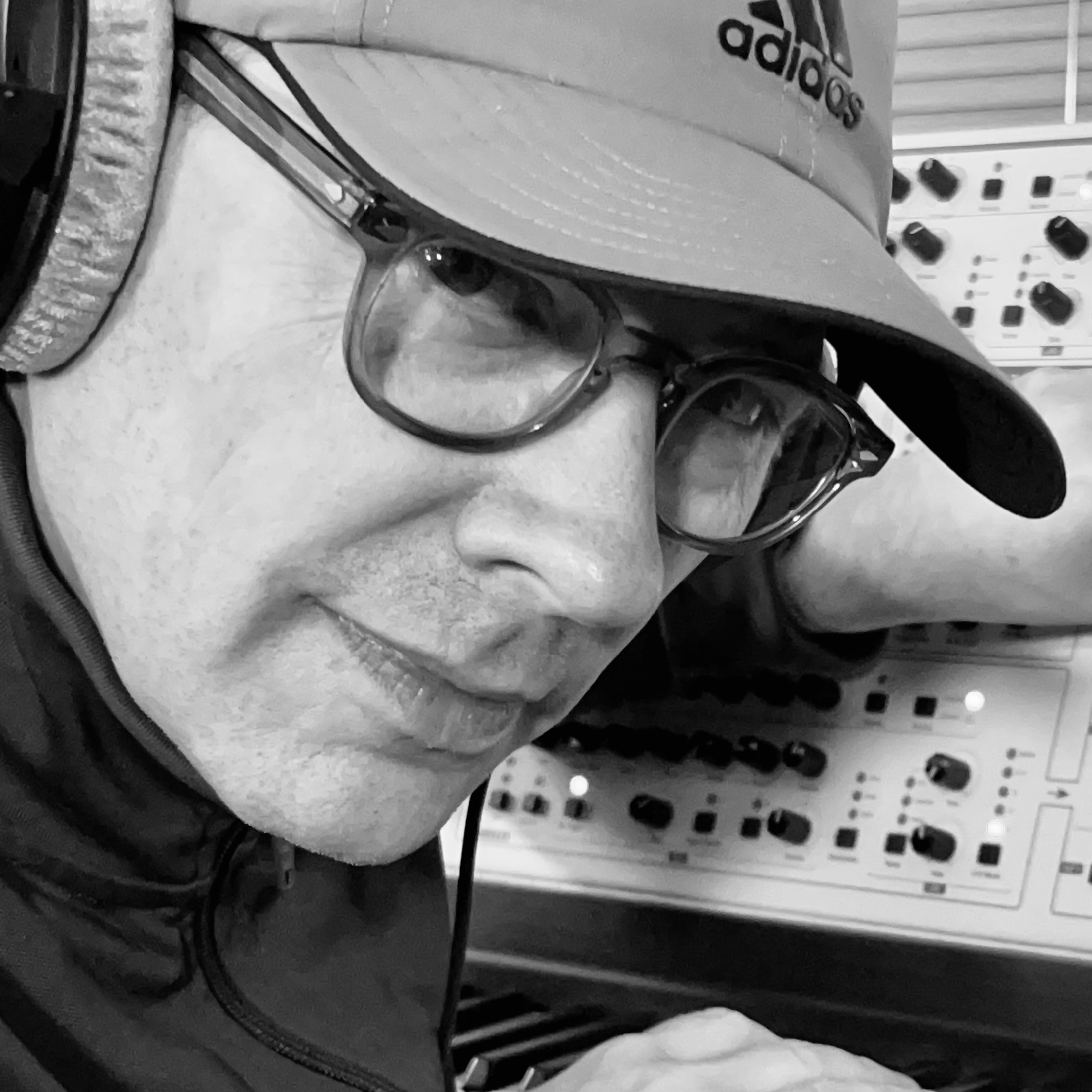“I'm sure that sound influenced the Daft Punk song Get Lucky, because it uses the same trick”: The fascinating music theory behind the kicked-around track that Prince shaped into a hit
What happens when you write a hit for another band, but you want it back? We find out as we trace the complicated history and intriguing theory behind an iconic Prince classic
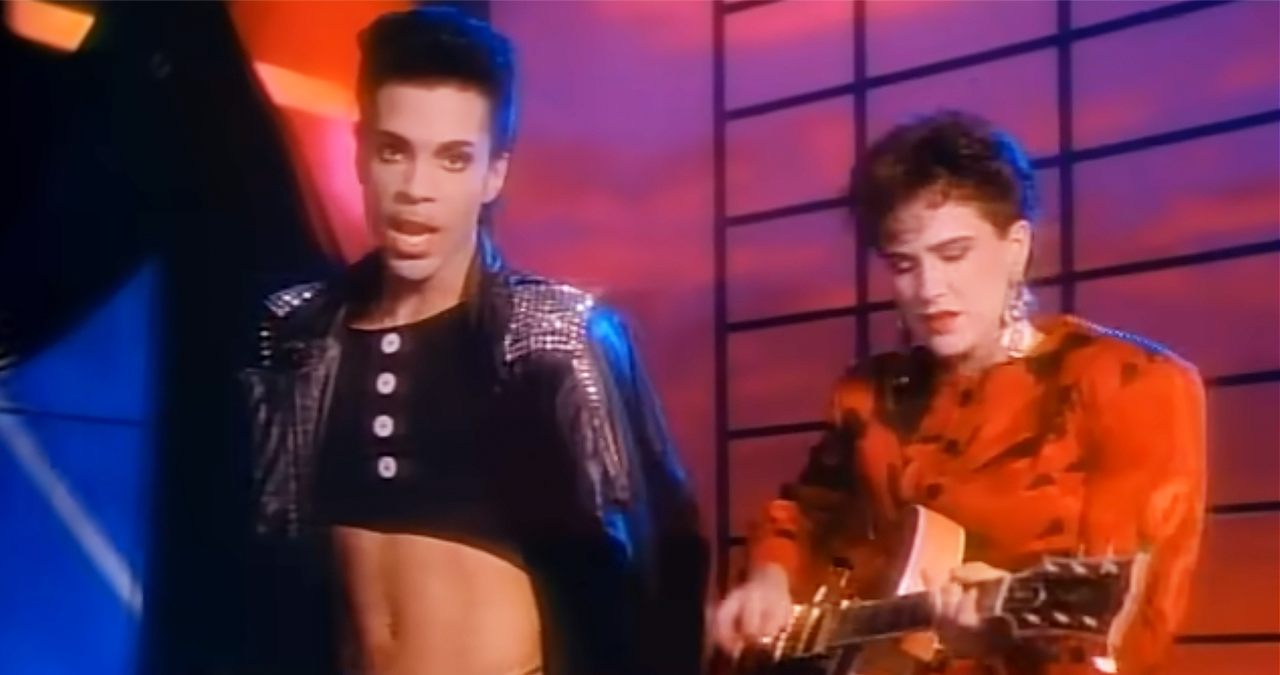
When it comes to Prince, his approach to writing, recording and performing has become the stuff of legend. Apart from being one of the most accomplished musicians of modern times, Prince's work ethic and studio productivity was unrivalled.
Prince would tax his bands hard, achieving performance results that many professionals could only dream of.
He would do a gig in the evening, followed by an after-show party where he would also play with his band, and then hotfoot it to the studio, often travelling with a recording engineer in case a creative impulse struck.
Thankfully for us, it often did!
In early 1985, a band called Mazarati - the protégées of Prince’s bassist Brownmark - were receiving plenty of attention from his Royal Badness. He had every intention of signing them to his own label. But, they needed the hit. Prince set to work.
The tune that Prince rustled up for them was a catchy little number titled Kiss.
Producer David Z assembled a fairly polished demo, but, in Prince's eyes, the Mazarati vocal performance didn't appear to do justice to the track.
So, in true Prince style, he went back into the studio and re-recorded the lead vocal in his own inimitable style.
Suddenly it struck him that this cast-off piece was starting to sound like precisely the chart-angled gem that Prince himself needed at that moment in time.
Maybe, he should just… hang on to it.
The result was one of his biggest and best known hits. It would also be his third number one in the US.
So, just why did Kiss work so well? And how does it continue to be a dance floor-filling joy-bringer. The clue lay in the theory.
Let’s dig in…
Want all the hottest music and gear news, reviews, deals, features and more, direct to your inbox? Sign up here.
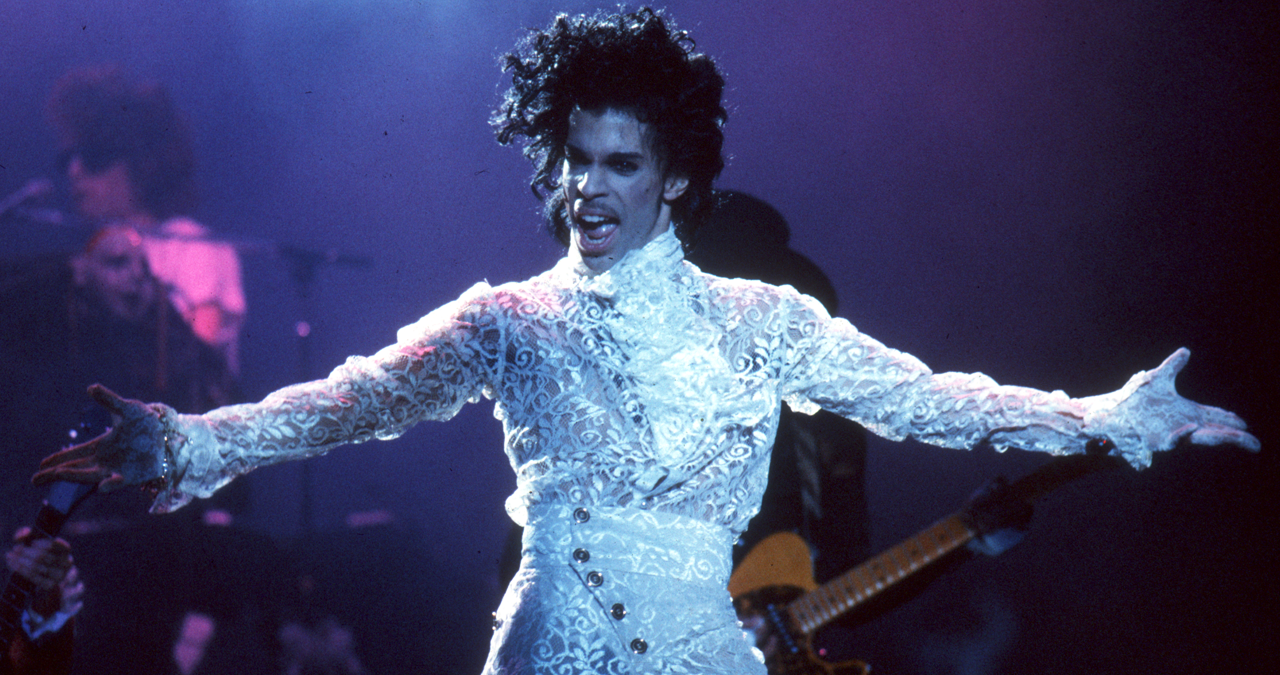
We’re all pretty familiar with the 12-bar blues; as a song form, it continues to inspire many contemporary artists, as well as being one of the earliest song styles. There is a distinct connection between this 12-bar format and Kiss, although in typical Prince fashion, it's not immediately obvious.
The first point that might throw us off the scent is the augmentation of bars.
Think of it as a 24-bar blues where each bar of the 12-bar form is doubled in length - one bar becomes two. This also explains why Kiss does not conform to the more regular verse/chorus structure, in favour of a form that is far more reminiscent of the blues.
Rooted firmly in A Major, the first 8 bars (after the introduction) are just that - 8 bars of A, before heading up to D major for 4 bars, and back down to A for another 4 bars.
So far, we are following the elongated blues ‘x2’ format, but this is where it slightly changes.
As we head to the dominant in bar 17, we hear two bars of E, two bars of D, and then we repeat these four bars again.
As we get to the final bar in the sequence, bar 24, there’s the all-important stop as we hear the legendary flurrying guitar riff (and five kisses!)
If we describe each set of 24 bars as a blues chorus, we have two of these choruses, proceeded and linked by an introduction, on the chord of A.
We then head to an instrumental section, and this is where things become a little emotional…
As we know, Prince unexpectedly sadly died in 2016, but his spirit and exemplary musicianship lives on. Those elements are intrinsic to Kiss's extraordinary guitar solo, played over the first 16 bars of this enhanced blues format.
Without a shadow of a doubt, this is some of the grooviest and most remarkable rhythm and lead playing that has ever been committed to tape. Interrupted occasionally by the odd Prince exclamation, it's nothing short of the sound of pure genius in full flow
When Prince took back the Mazerati demo for Kiss, he made two radical alterations. Firstly, he re-recorded his own vocal, using a Sennheiser MD441 dynamic microphone.
In an interesting twist, the newly recorded vocal was entirely recorded in Prince’s head voice register. This creates a relatively intimate sense of spirit, before opening up towards the end of the song, while remaining in head voice.
The second twist, was to remove the bass part from the demo. This is a Prince trait we have seen elsewhere, but one that arguably leaves a void in the mix.
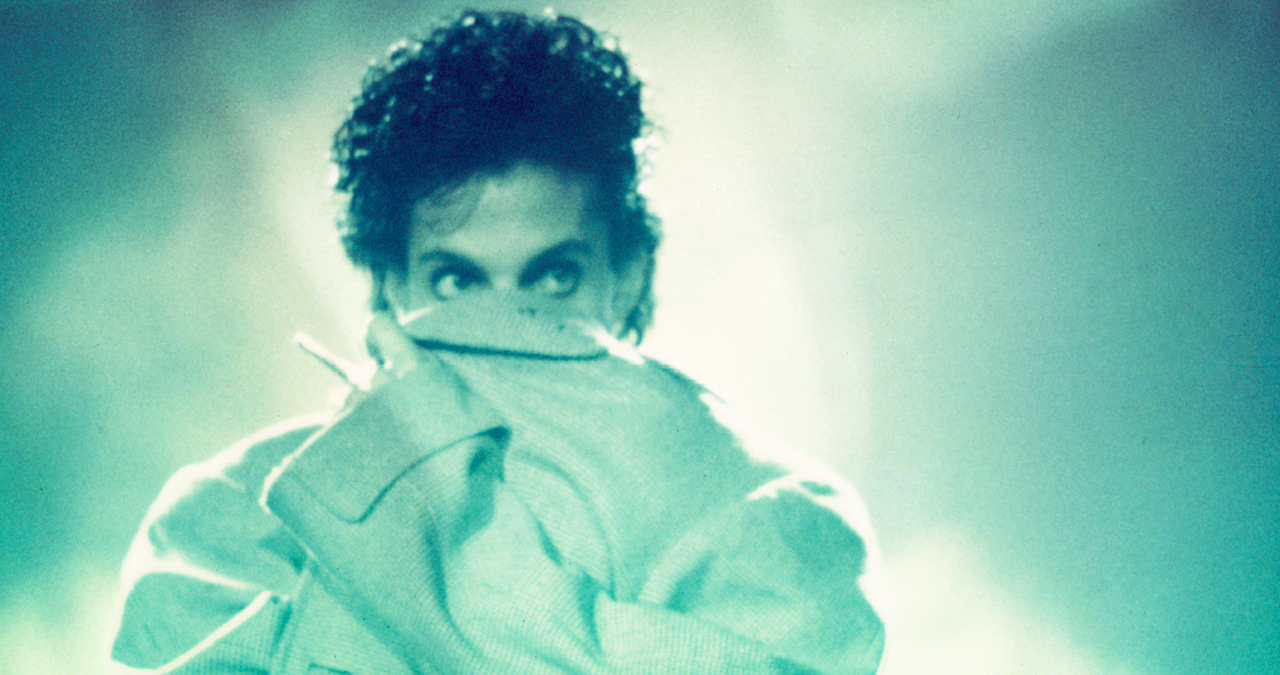
There are only three drum sounds on the track, all emanating from a Linn Drum.
The kick drum was placed on its own track, with a heavy reverse effect applied, supplied by an AMS RMX16. The presence of this substantial signal occupied the space in the mix where the bass would normally sit, almost serving the function of the bass line in its own right.
The unmistakable sound of the huge Linn snare is supported by an incredibly elaborate hi-hat pattern. The complexity here is provided, in part, by the mixing of a delay signal, which is introduced at various moments, to heighten the rhythmic tension of the hi-hat. We can't argue with the results; it’s one of the grooviest drum machine patterns ever committed to audio.
From the outset, there is an ever-present acoustic guitar groove, which doesn't sound much like a guitar.
This main chordal element is provided by an acoustic guitar, which has been rhythmically gated, in sync with the drum pattern. It's a unique effect, which yields an almost synthetic texture.
As producer David Z recalled in an interview with Sound on Sound, “I took an acoustic guitar, played these open chords and gated that to the hi-hat trigger. The result was a really unique rhythm that was unbelievably funky but also impossible to actually play. I'm sure that sound influenced the [Daft Punk song] Get Lucky, because it uses the same trick, with the guitar gated to some sort of rhythm and sequencer."
Keeping within the synthetic domain, the electric piano riff, which we hear in the second chorus, plays in 3rds, utilising a flattened 7th, which once again calls upon the roots of the blues.
Bringing it bang up to date though, at least for the mid-80s, this electric piano patch was provided by a then-state of the art Yamaha DX7.
In interviews around the making of the track, engineer David Z recalls that the minimalistic arrangement only occupied 9 tracks, with each of the drum sounds hosting their own track.
As a consequence, he also recalls that Kiss took a matter of minutes to mix, which is not difficult to believe, but is arguably only the case due to the expertise of the people involved. Getting 9 tracks to sound this huge is not a small undertaking, and a testament to the skillsets of the personnel in play.
The 9 guitar strokes that supply the opening guitar riff, are debatably the most recognisable hook of the song. It’s a pure and simple homage to James Brown’s Papa's Got a Brand New Bag.
Best described as Em7/A, in a typically funk and guitar orientated voicing, we hear an E at the top, a B below it and G below that. D adds the 7th of the chord, Meanwhile, a ghosted A at the bottom of the chord keeps the harmony of the song rooted.
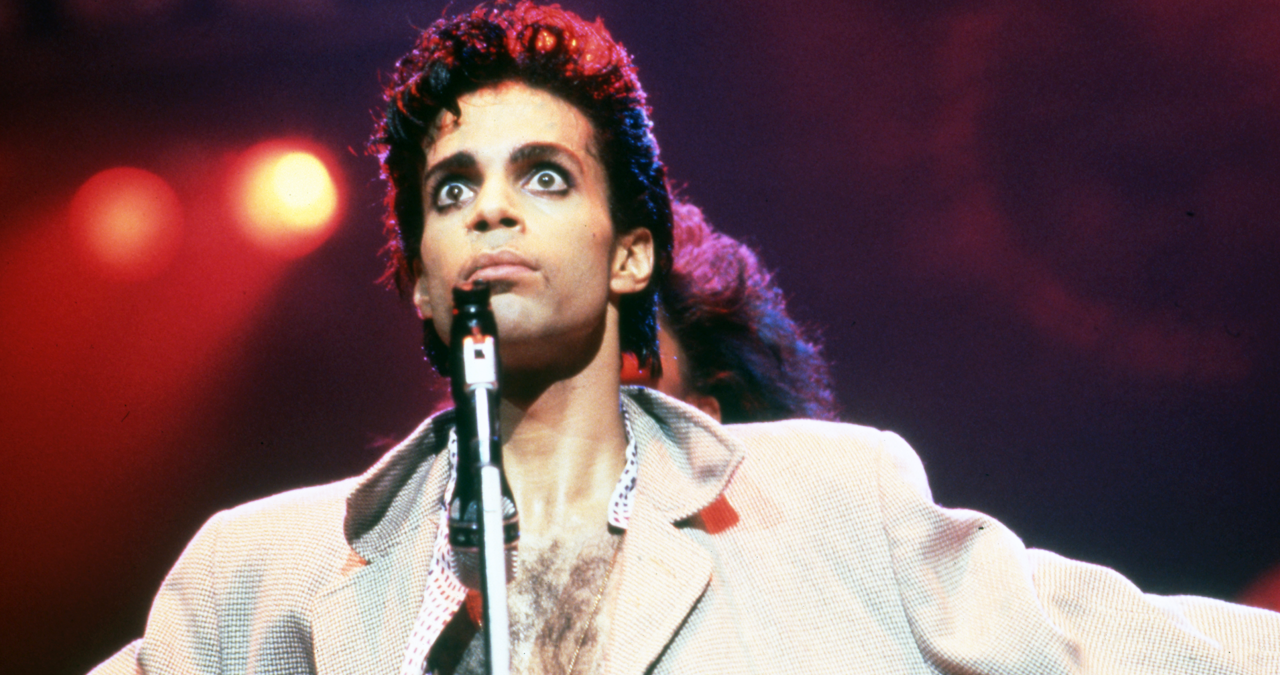
Released on February 5th 1986 as the lead single from Prince’s eighth studio album Parade, Kiss became a worldwide chart-topper and would very quickly be regarded as one of Prince’s most beloved and hallmark cuts.
Who else could rustle up a global hit featuring a falsetto vocal and no bass line?
Roland Schmidt is a professional programmer, sound designer and producer, who has worked in collaboration with a number of successful production teams over the last 25 years. He can also be found delivering regular and key-note lectures on the use of hardware/software synthesisers and production, at various higher educational institutions throughout the UK
You must confirm your public display name before commenting
Please logout and then login again, you will then be prompted to enter your display name.

